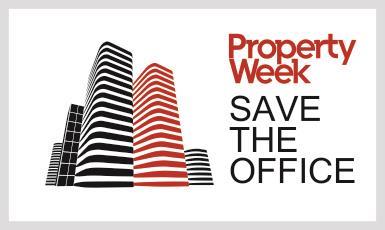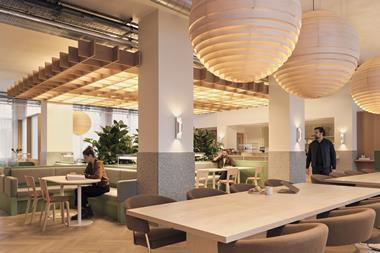Government guidelines advising a return to working from home (WFH), issued as many companies were starting to bring staff back into the office, were met with disappointment by the property industry, hospitality firms serving business districts and workers, many of whom are fed up with remote working.

When the pandemic struck, technology was the linchpin keeping businesses running. We logged on remotely, shopped online and checked in with colleagues via Zoom and Teams. As we look at how a more successful and sustainable return to work might pan out, technology again will help us not just return to our old ways, but improve on them. Covid-19 is unlikely to cause a seismic shift in how we do business, but it has accelerated existing trends and subtly reshuffled occupier priorities.
Successful, forward-thinking companies recognise that employees do not need to be in the office nine to five and perform better when happy, healthy and treated with trust and respect.
But they also recognise the importance of collaboration. The concept of a place where teams gather to create, solve problems and learn from one another is still valid and is vital in creating a strong corporate culture.
With workplace attendance more optional, it is essential we make offices attractive and, above all, safe — tech is one of the most important tools we have.

The government’s track-and-trace app should now ensure that those who may be infectious stay at home, while a government-backed service has been set up to alert users to overcrowding or disruption on trains, enabling workers to alter travel plans.
Technology can help office owners meet occupiers’ new demands. We have worked with Smart Spaces to create branded apps for our office buildings. These enable tenants to control lighting, blinds, heating and cooling via their mobile phones. They also include features particularly attractive in a post-Covid environment: users can enjoy contactless access from street to office floor; call a lift without touching any buttons; issue QR codes to visitors for contactless check-in; monitor air quality; and see occupancy in different areas to avoid overcrowding.
A shift in values
We all hope social distancing will soon be a thing of the past. But just as 9/11 led to enduring changes in security measures when accessing tall buildings, the slight shift in tenants’ values and priorities is likely to be permanent. For example, before Covid-19 hit, wellness was already rising up occupiers’ agenda, but the pandemic is likely to broaden this to encompass air quality and tackling the spread of germs.
We may also see a reversal of densification trends. Research from UBS, Cushman & Wakefield and Brookfield shows that the office space companies take per person has fallen from 600 sq ft in 1970 to 150 sq ft now. Having reprogrammed ourselves to keep our distance, smaller desks and hotdesking may be less popular.
Modern offices that embrace technology and provide safe, attractive, healthy, collaborative spaces will be even more in demand at a time when there may also be reduced supply. We enjoy the buzz of great cities; we want to see colleagues collaborate and socialise after work; and the next generation cannot learn how to do jobs in isolation. For smart, modern, tech-enabled offices, the future looks bright. But secondary spaces that fail to give workers the safety and sense of experience they need may become permanently furloughed.
Peter Ferrari is chief executive of AshbyCapital































No comments yet